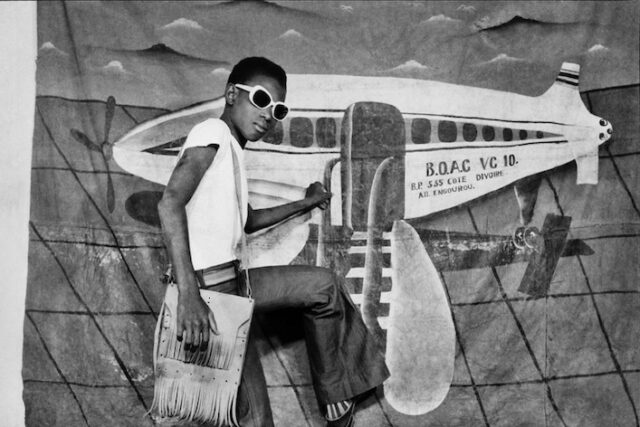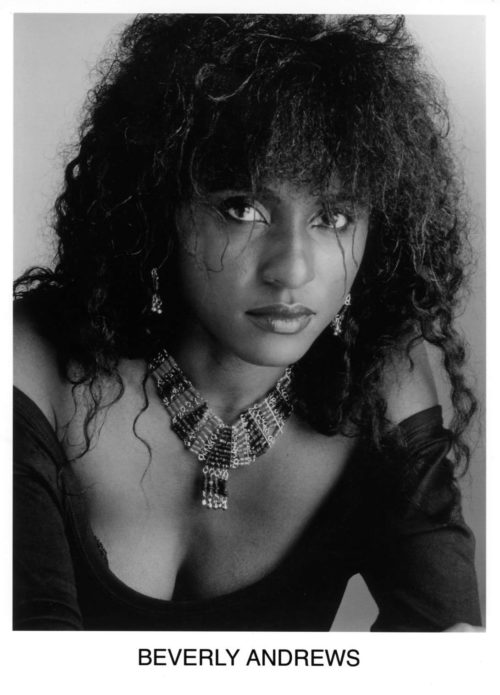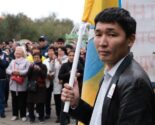African Fashion
Estimated Reading Time : 4 minutes
In recent years there has been, despite the twin challenges of Covid and economic upheavals, an explosion of creativity throughout the African continent: be it in film, contemporary music and the visual arts, even opera has witnessed a boom of African talent gracing stages throughout the world. Congolese bass Blaise Malaba is currently the hot ticket at London’s Royal Opera house. One area though which has been largely ignored has been the continent’s booming fashion industry; an oversight which has left many of its most celebrated designers virtually unknown in the west. This though looks set to change with London’s Victoria and Albert museum mounting the largest showcase of African fashion ever seen in the country. This beautiful show highlights the work of some of the most exciting fashion designers working anywhere in the world today.
Two years in the making, the curation process included dialogues between the exhibition’s curators and external experts, as well as community groups and young people from the African diaspora along with the designers themselves. The curators also took the decision that participating designers would have a say, in not only choosing, which pieces would be exhibited, but also in how those pieces would be shown. In an interview with London’s Guardian newspaper, Christine Checinska, the curator of African and African diaspora fashion at the V&A, said the exhibition was long overdue stating. “It is a moment of transition that marks the commitment that we have to celebrate African creativity across the board.”
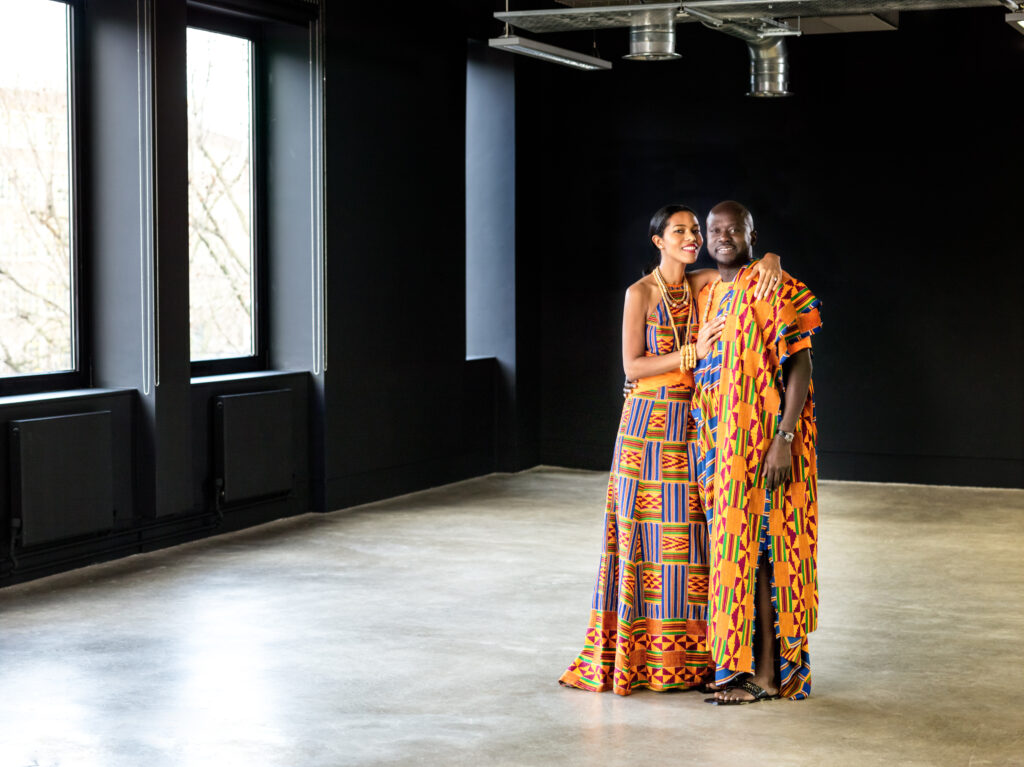
The Victoria and Albert museum was founded, one hundred and seventy years ago, when Britain was still a colonial power, with many of the objects in the museum’s permanent collection acquired because of this fact. Having this exhibition there however offers an opportunity to not only address the country’s colonial past but also perhaps to reset the current relationship the United Kingdom has with the African continent, it offers an opportunity to transform this relationship into one of mutual respect.
The curators have gone to great lengths to make sure the show spans the entire continent with pieces displayed from Morocco to Ghana to South Africa, making it a truly pan African showcase. The show includes two hundred and fifty objects; approximately half of these are taken from the museum’s own collection with the remainder all new acquisitions.
This showcase also highlights how fashion and identity in Africa are often intertwined, something demonstrated in many of the historic photos on display. One of the most celebrated is that of Ghana’s first prime minister Kwame Nkrumah, wearing kente cloth when he announced his country’s independence. Kente cloth went on to be seen as a symbol of pride for Africans around the world.

African Fashion also highlights the important role studio photographers have played in documenting not only the daily lives of everyday Africans but also their changing style. The work of Sanlé Sory, Michel Papami Kameni and Rachidi Bissiriou were key to presenting images of a new post-independence Africa.
Some of the designers included in this show are Alphadi who became hugely popular in the 80’s and were described at the time as the ‘Magician of the Desert’. There is also the work of Ghanaian fashion designer Kofi Ansah’s who fuses African and European aesthetics, a style represented in his shimmering blue robe with its traces of a traditional Japanese kimono.
Changing sensibilities are also a theme highlighted in many of the labels displayed in the upstairs gallery as these designers have specifically focused on creating work with a strong feminist or LGBTQ.
Accompanying this exhibition is V&A’s traditional late, an evening where the museum curates events which complement their main show. This month’s late was an unsurprisingly wonderful celebration of African Fashion, and included a live fashion show, several pop-up fashion displays showcasing upcoming designers as well as an open mic session. Two events though which stood out was one titled Dressing your Spirit, a fun pop up where participants were encouraged to sketch a model beautifully outfitted in a traditional African robe and the other a panel discussion which focused on how east African designers could learn from their west African contemporaries in terms of marketing to a non-African market.
With over four thousand people in attendance, this month’s V&A late was one of the most successful in the museum’s history. Anyone who loves fashion design should definitely go and see this stunning show; they will definitely not be disappointed.
African Fashion continues until the April 2023.
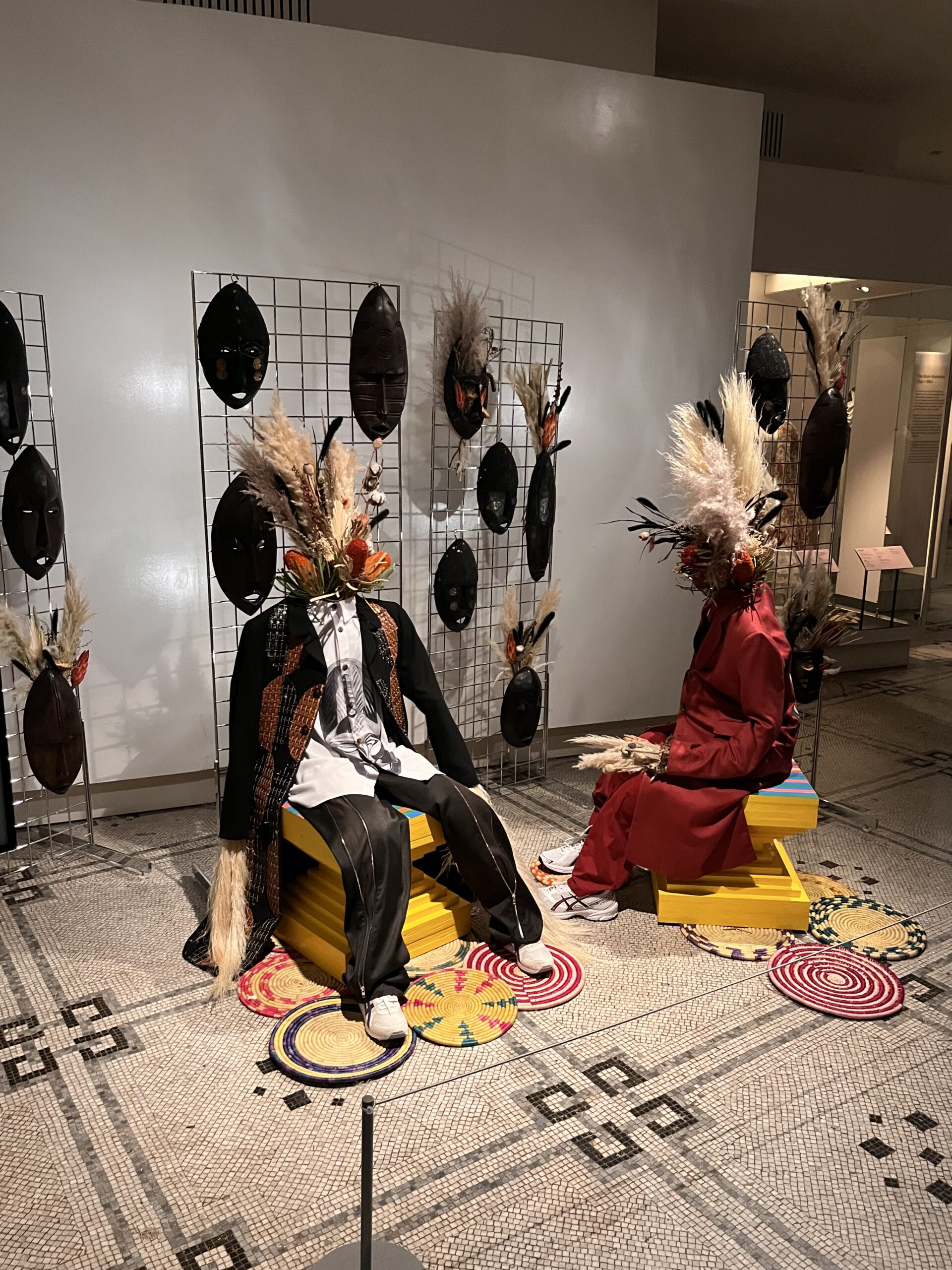

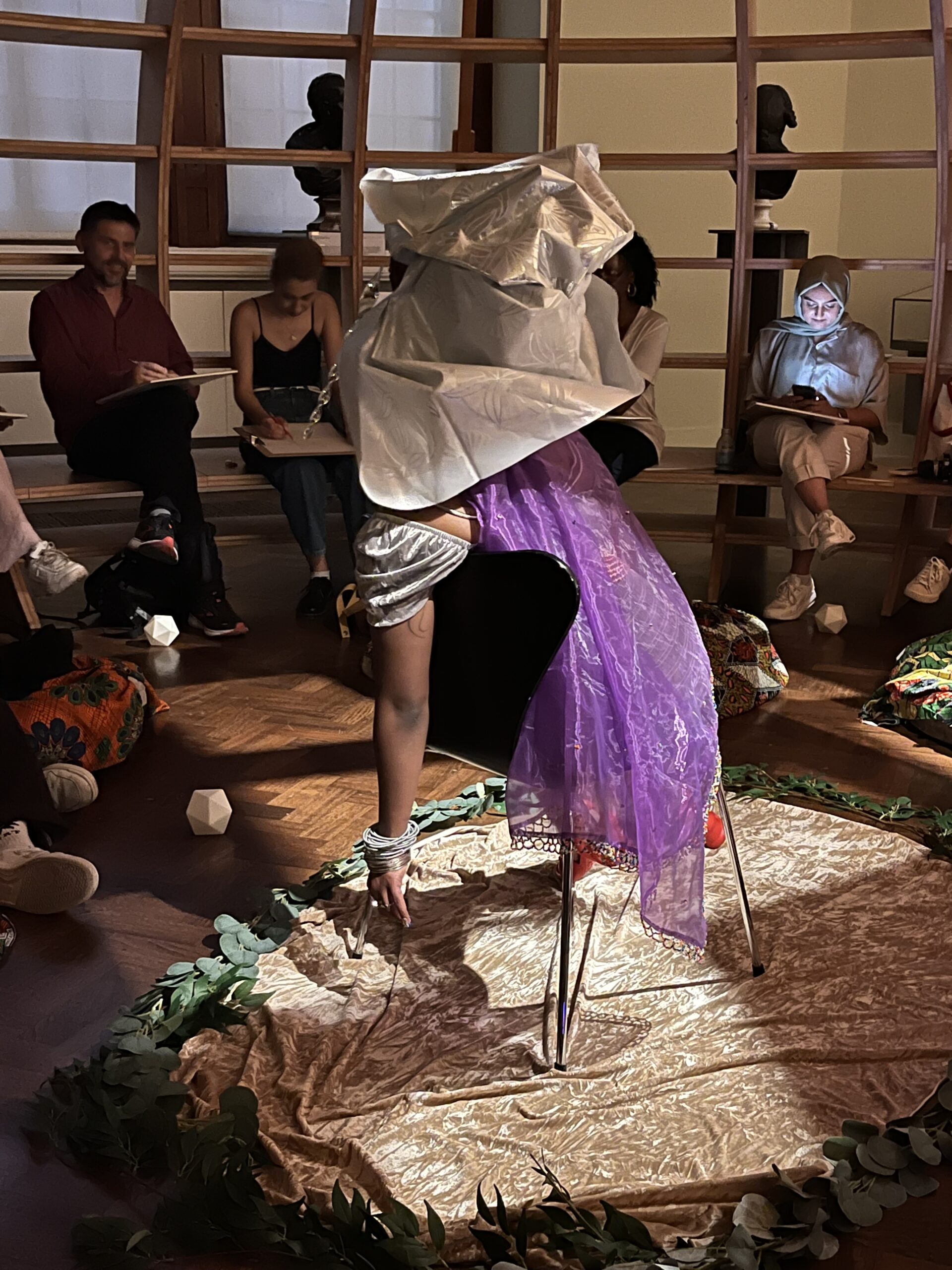

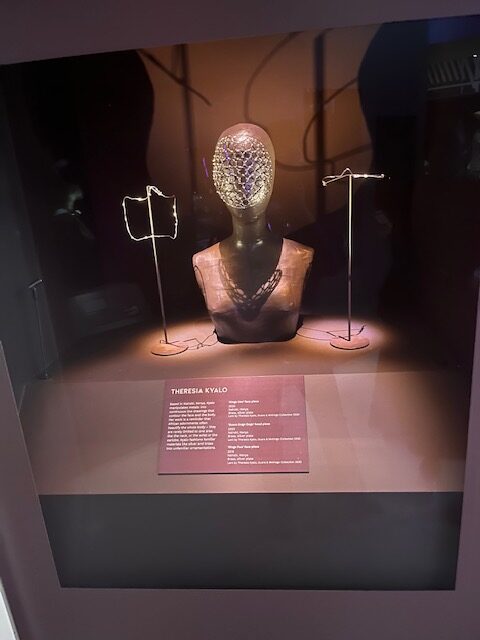
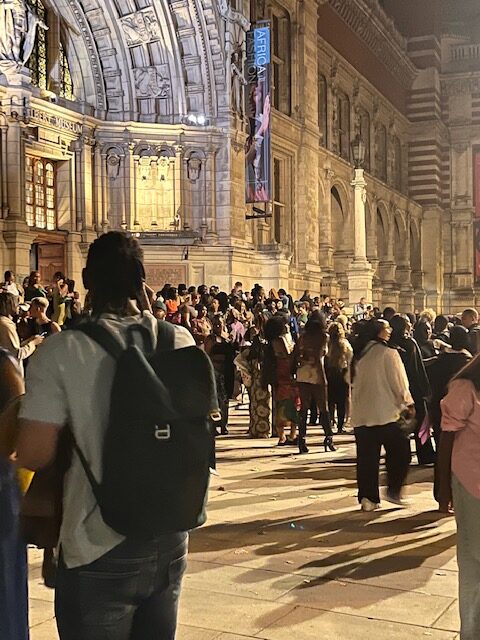
- FASHION: Find what makes you happy and do it well!
- Everything you want to know about invertebrates – Interview with Vladimir Blagoderov, Curator
- Africa Finds its Cinematic Voice
- SXSW the World’s most unique festival
